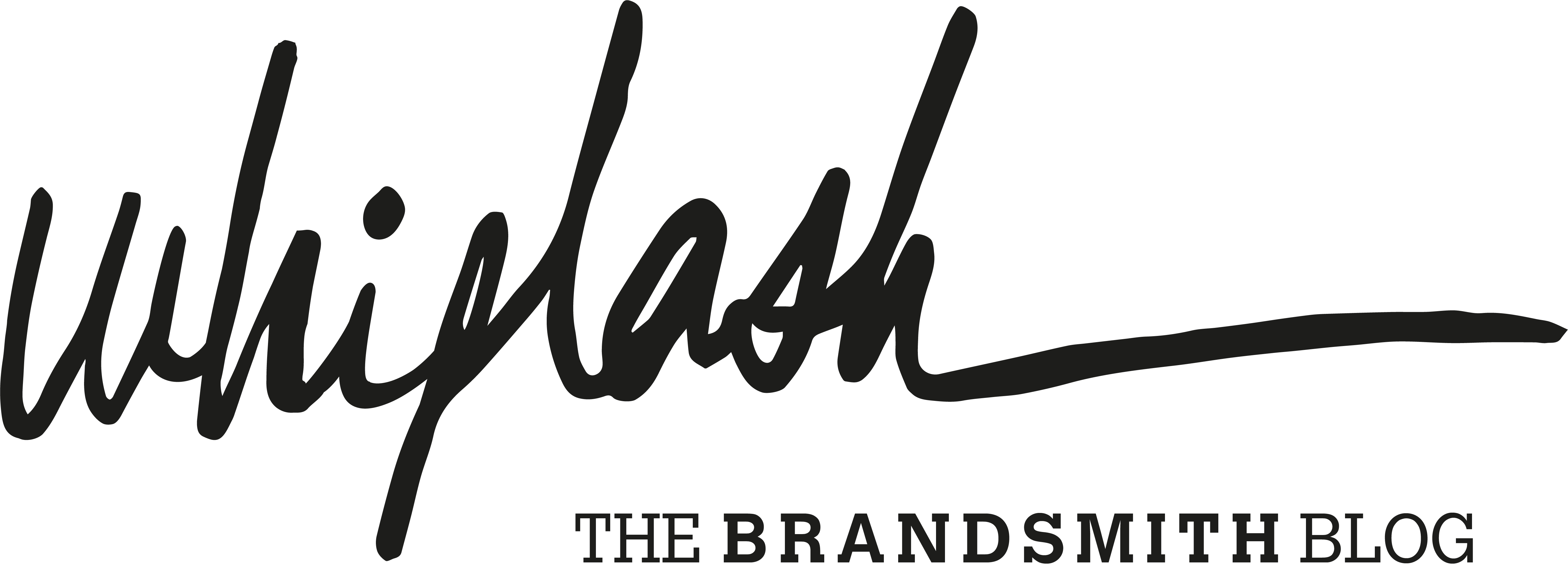Whiplash Team, 17 October 2025
Employer branding: building a brand from the inside out
A brand is not only what it projects outward, but also what it represents to those who build it from within. In a context where attracting and retaining talent is as important as winning customers, employer branding has become a strategic pillar.
Skilled professionals—particularly among younger generations—are no longer guided solely by salary or stability. They want to be part of organisations whose values, purpose and culture they share. According to PwC’s Workforce Hopes and Fears 2023 report, 75% of employees consider it important for their work to have a meaningful impact, and 82% want their employers to act with transparency on social and environmental issues.
This shift in expectations has forced companies to look inward. It is no longer enough to communicate a strong value proposition to customers: they must also build a coherent value proposition for employees. And this is where employer branding comes into play, understood as the strategic management of the brand from the perspective of talent.
The employer brand as a business asset
Employer branding is neither a human resources tool nor a fad in internal communications. It is a positioning instrument with a direct impact on competitiveness. A strong employer brand attracts more valuable profiles, reduces turnover and improves the workplace environment.
Companies like Heineken, for instance, have developed global campaigns showcasing their culture from the inside. Their Go Places video series, launched in 2016 and refreshed in 2019, demonstrates how authenticity, diversity and humour can be communicated without lapsing into hollow self-promotion.
But beyond form, what matters is substance. Employer branding demands coherence. It is not about crafting an attractive message, but about faithfully reflecting what really happens inside the organisation. Reputation as an employer is built on the lived experience of those already part of the team.
From internal culture to external perception
A brand grows stronger when there is alignment between what it communicates to the market and what employees experience internally. When that coherence breaks, so does credibility. This is why companies that invest in organisational culture, employee wellbeing and inclusive leadership not only strengthen their employer brand, but also enhance their broader market positioning.
LinkedIn’s annual Top Companies ranking, based on user behaviour and indicators such as career growth and stability, highlights how the most sought-after organisations often coincide with those most highly valued by their own employees.
This interdependence between internal culture and external reputation turns employer branding into an essential bridge between talent and business. It is not a message pushed out by the communications department, but an experience lived daily.
From guidelines to action: building through authenticity
A common mistake is to think of employer branding as little more than an HR-friendly brand manual. In reality, it involves rethinking policies, leadership, workspaces and recognition practices. It requires active listening, identifying friction points and acting on them.
As Brett Minchington, a leading expert in employer branding, has said: “A strong employer brand is not created in a campaign, it is built over time through consistent behaviours.”
This obliges organisations to be self-critical and honest. To recognise that true internal branding is not made of words, but of decisions: from who is promoted, to how diversity is managed, to whether time for genuine disconnection is respected.




